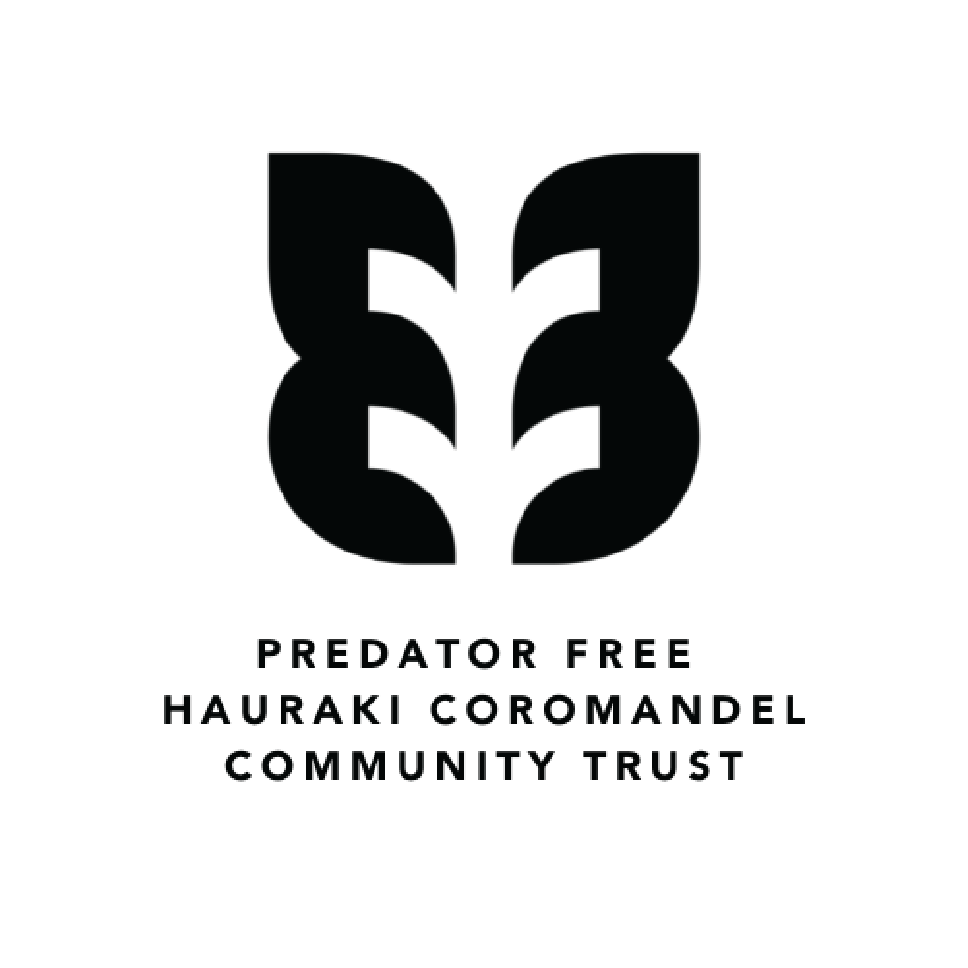Restoring Treasures with Rings Beach Wetland Group
The Matarangi Bluff Scenic Reserve is a treasure box of conservation, with each corner of the track revealing a new piece of beauty or precious species.
It’s always been shy about its riches and the glorious wetlands at its centre were only discovered after passionate locals had begun work to restore the area to its original splendour. The Matarangi Bluff Scenic Reserve was a neglected pocket of land until 2006, when a small group of locals, led by the late Bruce Smith, saw the potential to restore the area to the Kauri forest it once was.
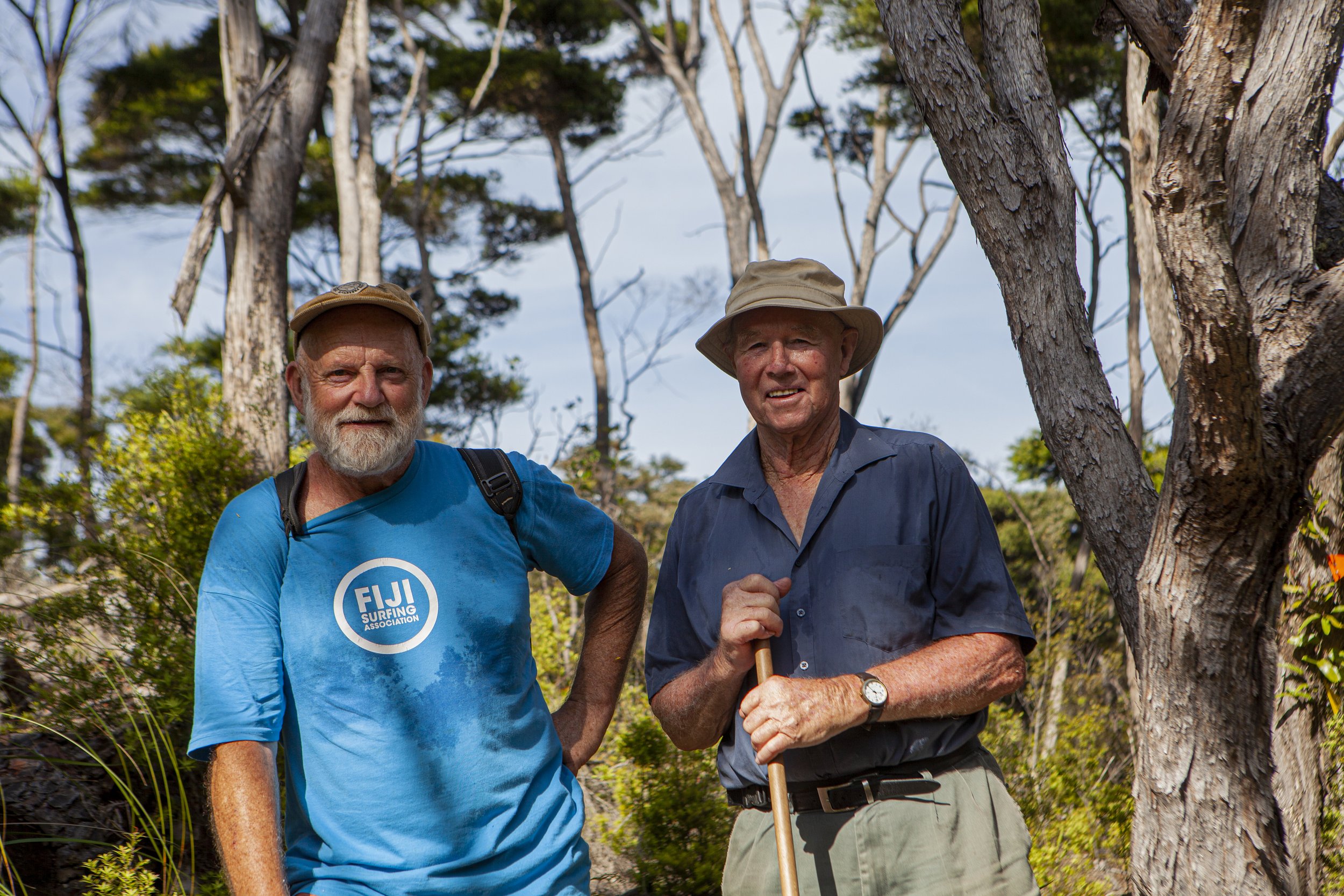


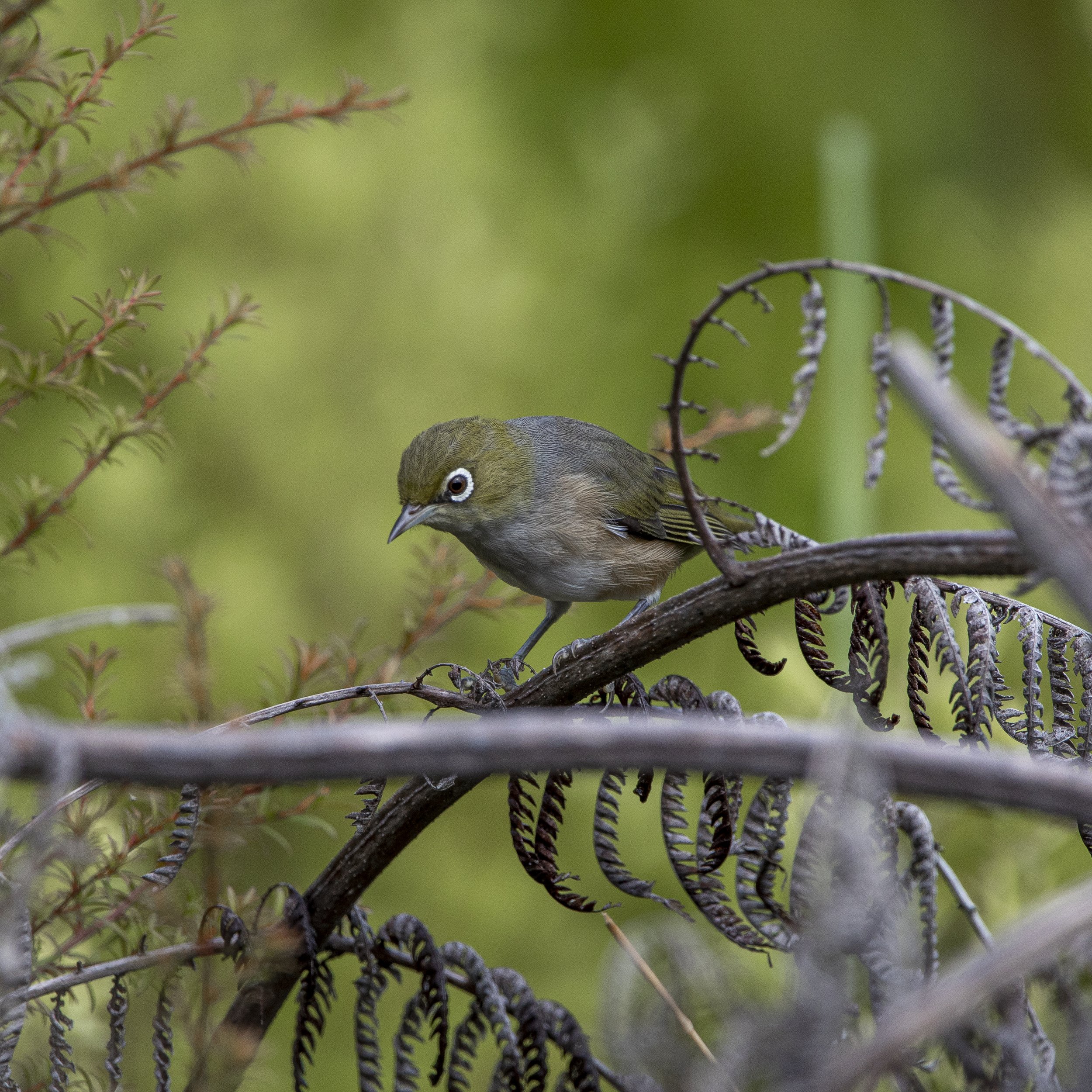
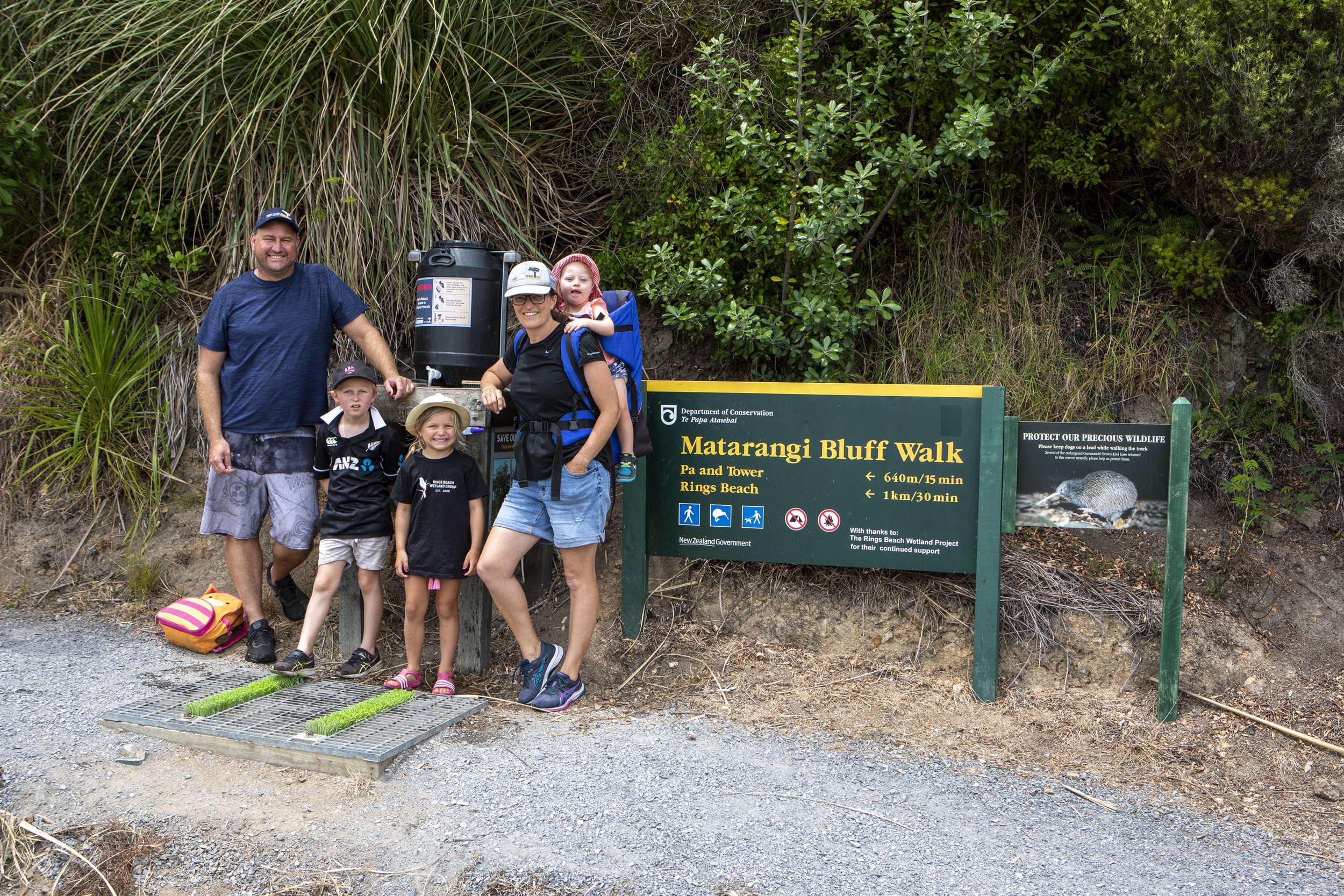
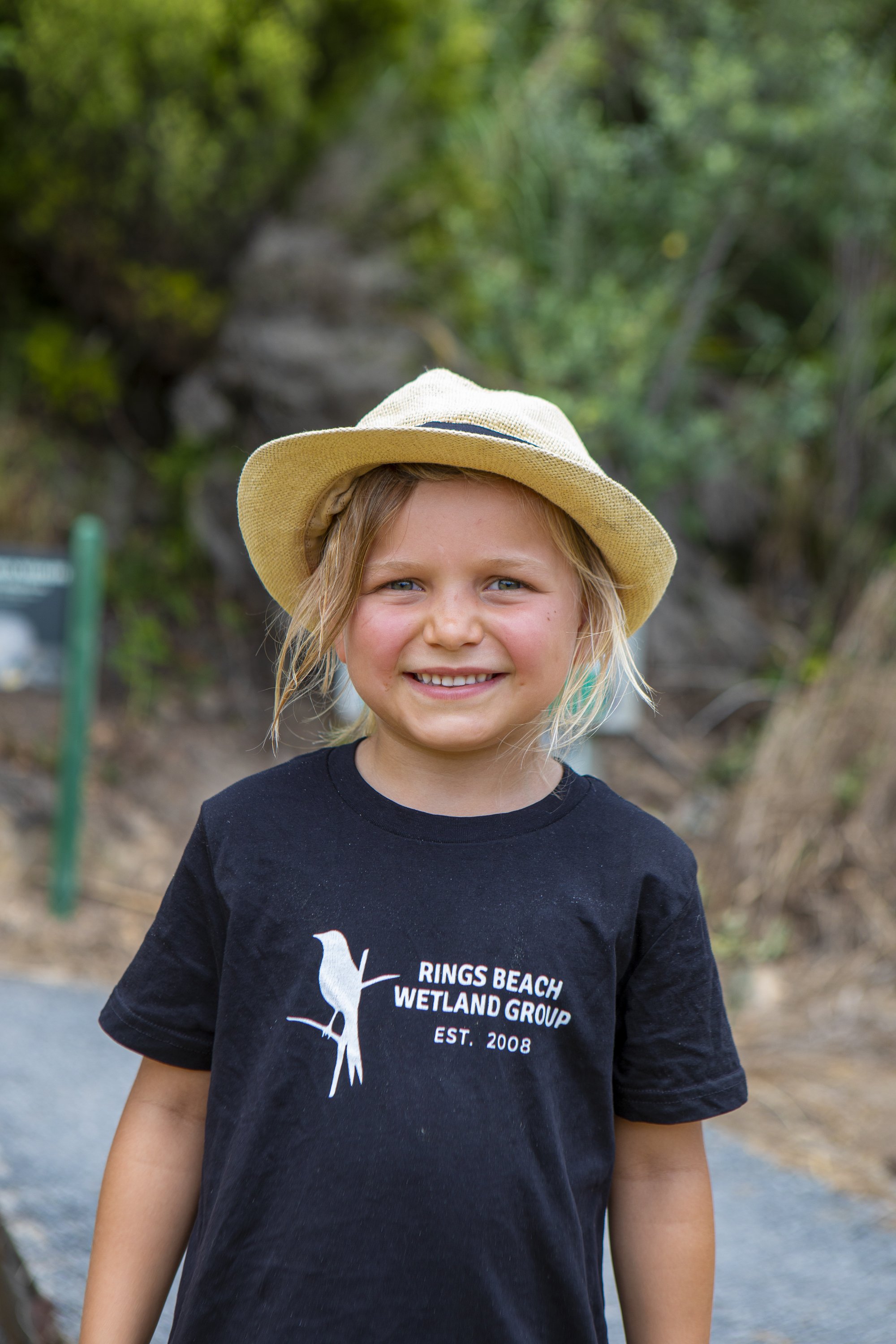
Working mostly with hand-held tools, the group carved out a 4.7 km walking track, alongside simpler tracks created for trapping. While cutting the path, the volunteers (Bruce Smith along with Ian McDonald and Sarah Cooper) were surprised to find at the reserve’s centre a pristine wetland. In 2009, the group cut a pathway through the wetlands and were again surprised by the discovery of three pairs of fernbirds (mātātā), a rare and elusive native bird.
These taonga, the wetlands and the fernbirds, are now lovingly protected by the Rings Beach Wetland Group. Their work means there are now many more precious things in the treasure box, as the pest and weed eradication has seen native flora and fauna thrive. The fernbird lost much of its habitat last century when wetlands across the country were drained, and their nests in the rushes make them particularly susceptible to stoats and rats. Thanks to trapping though, the numbers in the reserve have increased.
Ian McDonald still makes it out to the reserve most days. If you’ve used the walking track you’ve likely seen Ian pulling out weeds by hand and generally keeping an eye on things. On the track with Ian on a hot January morning, he calls adeptly to one of the fernbirds. The sparrow-sized bird lets out a ‘t-chip’ in response but declines to move any closer as a group of walkers approach, oblivious to the endangered bird nearby. We pass some of the twelve hard-working volunteers, one wielding a line trimmer to clean up the paths, and another who is checking on the wētā hotels. Together, they are responsible for the ~600 traps used for pest control in the reserve. Recently, these hardworking volunteers have found wētā safely enjoying the empty rat traps, a sign of the tables turning!
The tracks are a shady favourite for walkers in summer, and you can also bring your dog on the track. Dogs must be on leads at all times though, no matter how well-behaved or kiwi-aversion-trained they are. As kiwi do not have a breastplate, even the gentlest shake or nudge by a dog can be deadly, and no dog owner ever wants to be responsible for the tragedy of a dead kiwi.
Amy and Dean Lendrum and their children Robbie, Jessica and Katie are also frequent users of the reserve. Amy and Dean are passing the concept of kaitiakitangi – guardianship of the environment and responsibility for its protection – onto their children. They have integrated this commitment into their lives, with Dean sometimes ducking out during his lunch break to clear his trapline. When Dean hurt his back last year, they switched courses to help build the group’s website. This flexibility and diversity of expertise is a huge asset to environmental groups, helping them garner community support both online and in the bush.
The Lendrum’s visit the track every couple of weeks and as we walk, Jessica and Robbie explain the difference between kānuka and mānuka
“mean mānuka is sharp on your hands and kind kānuka is soft”.
The kids are clearly at home in the bush and probably know more than many adults about the plants and birds! Dean was taught to maintain a trapline by Dave ‘Fitz’ Fitzgerald. A furniture and cabinetmaker and amateur botanist, Latin and Te Reo names roll off Fitz’s tongue as he points out plants on the track. Fitz took a Te Reo class last year to aid in learning the indigenous names given to the flora, and constantly collects seeds from native plants as an insurance measure, always looking simultaneously to the past and future to achieve the best possible outcomes. Fitz stops to show us the “only good thing about wilding pines”, lifting a decaying trunk to expose scuttling bugs. “The kiwi will feast on these” he explains. Indeed, kiwi have come back to the area due to the group’s efforts. Before 2006, there were no kiwi around. Fast forward to June 2021, when 16 kiwi were counted in the annual kiwi call count.
We then visit a special area, kept from public access to preserve it from the risk of kauri dieback. It’s the oldest kauri in the reserve, maybe 100 years old, with dozens of self-seeded babies blinking up at it in the dappled sunlight. It’s a beautiful relic of what the area must have looked like centuries ago, and it’s also a promise of how it could look in a couple of generations if the important mahi of the group is continued and fresh young hands take hold of the rakes and rat traps.
With more young families moving into the area, the group is keen to get new volunteers on board to engage with the changing demographics of the area. With over 600 traps to be maintained, a new track being planned and traps to be laid on the top ridge, there is much work to be done. Hopefully, a new generation of volunteers will be ready to inherit the love of the place and the mahi that goes along with its upkeep.
Article by: Carolyn Wadey-Barron
Photography by: Ian Preece, Seascape Photography
Fernbird photo: Imogen Warren
If your community conservation group would like to share your story and be featured on our blog, please get in touch! If you are interested in volunteering in the Hauraki Coromandel head over to our Contribute page and read more.

